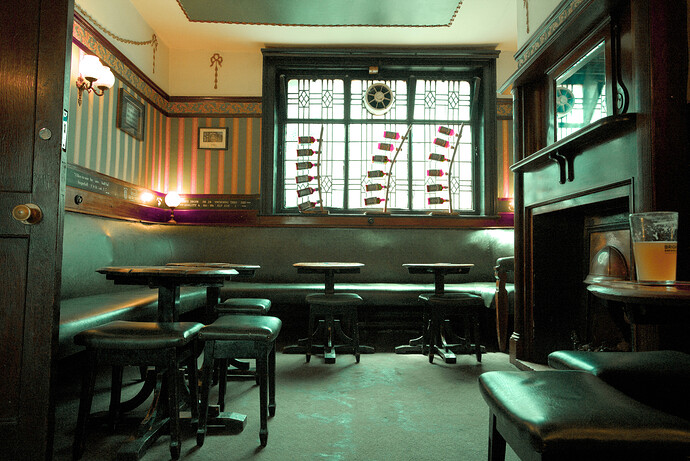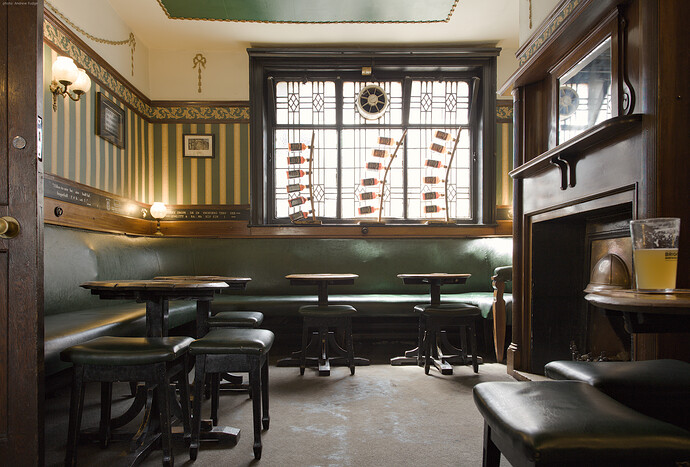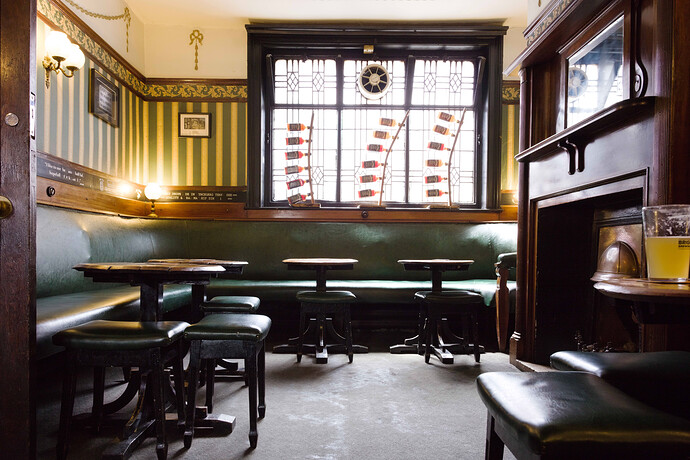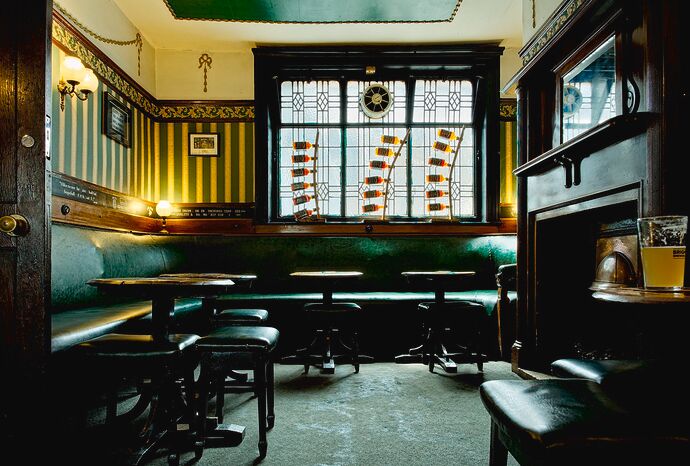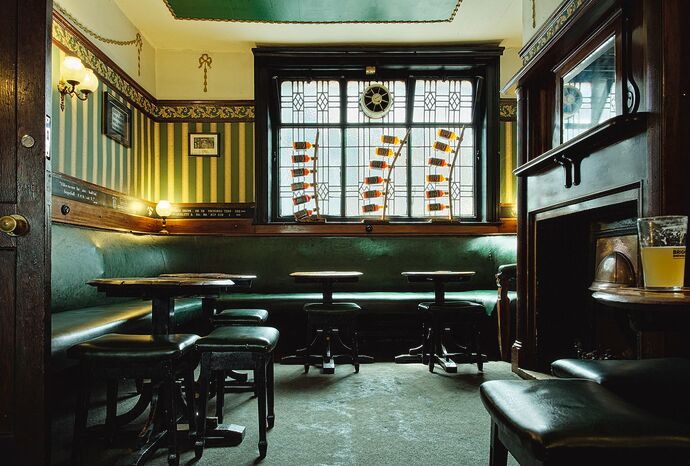Nope. That’s just my experience. I rarely tune my WB, but that may be a flaw on my part.
As I said, I have no ‘studies’ to support this – but would you not expect a camera’s informed estimate (whether it’s 2700 K household lighting, sunrise/sunset, broad daylight, an overcast day, shadow or under a green canopy) to be closer to the real illuminant than a fixed setting of D65?
No ‘studies’ here either. I just can say that
- before making this the default i checked literally hundreds of images, i think all playraws from here, all stuff i have for highlights testing and many, many images from one of the definitive serious sites (dpreview) and could not spot any problem except for those files known to be vastly temperature-off or having bad black/white points.
- Even if i didn’t buy any camera recently i still read reviews and could not spot any hint for serious white-balance problems.
So i really think it’s a pretty safe guess that white balance as-shot is “good” and thus ASTR is a good default for the vast majority of images. I guess most users just trust good old “camera reference point” and they now have that with some subtle improvements (the pixelpeepers with denoising, raw chromatic aberration and some more …)
Yes - i see that the temperature module might love some work, for me the main problem is: we can’t do any usable presets.
You said something like “half-baked”, i partly agree on this. But - and this is really a big but - the module code is very tricky on the UI side and personally i couldn’t see a way to do a serious overhaul while keeping edits. Also the whole temp/tint buisiness is by far not fool-proof and follows a lot of maths assumptions that don’t always hold. As said before, the new feature might not be perfect but it could be done in reasonable time & effort without interfering too much further down the pipe. (And without doing a complete rewrite, we all have limited resources and as i don’t have any problems with default here i preferred to spend my resources on other topics …)
About the highlights algorithms, both basic clip and reconstruct in Lch are both from times without modern color maths (no use of color calibration) and have similar problems leading to a remaining color cast. I don’t know when i last used those modes, clearly inferior to what we have now including laplacian which is sometimes really good for specular highlights (though still waiting for an example where it produces better results than opposed/segment). I would opt to remove clip and Lch from visible HLR options, feel free to open a github issue …
As many of us have no idea or at best we can only perhaps hope to appreciate the volume of work involved its hard to ever be critical. And none of my comments were meant to be at all. Thanks for exploring wb workflow and implementing the fact that a hybrid approach could be superior. I am just wondering really how hard from a totally naive stand point is it to simply use either the as-shot or the modified result as the input. You then just call the option hybrid or something like that. If you are using legacy mode it will use as shot by default or whatever you modify the wb to become and so why is this requiring a whole rewrite (again naive question regaring the code)…is that data then not available already within the scope of calculations performed by the existing WB module. If instead it is a use at your own risk precaution we already have that in full effect with the ability to move modules around and to make other selection’s in DT. So, in fact we might actually degrade the result I guess by allowing wb tweaks but there are also many ways in several other modules to do that… ie make a bad choice.
As a result then it is the case that if I have an image with a strong color cast that my options will be legacy and correct or use the reference values and use CC to correct ie basically as we have been doing . I could proceeding with a poor aswb but this would seem to negate any advantage of the new method. Perhaps the hybrid method proves to be robust so even an as shot wb that is off is still better then using good or possibly bad D65 values from the outset… again something I don’t yet have a feel for.
In any case as you noted from your testing, in most cases its just fine and what seems like a trivial thing to me ie for the module to submit as shot or user modified into the subsequent pipeline calculation may have consequences that are not apparent to someone not versed in the code.
Thanks for working to continually improve the software…
hi Hanno, thanks for responding.
You’ve explained the difficulty working on the WB module and I can appreciate it’s probably been worked on by various people over a number of years.
Having got this far in discussions, I’d like to round this off and put it to bed!, so perhaps we could try and do that.
To do that though, I’d still like to know what would have been wrong with the solution I’ve been talking about for a while.
Just to state basics - the objective was to improve image quality by feeding a better white balance into certain modules (denoise, highlights…)
Here’s my alternative to the new ASTR option in WB.
- No changes to the WB module! (subject to 3. below) So that saves working on this messy module!
- Amend things later in the pipe so that if scene referred is chosen in Preferences, then D65 is used where appropriate, not the WB module coefficients. (I think you must have done this anyway for ASTR)
- Make “As Shot” the default in the WB module.
This means user defined white balances and area ones benefit in the “sensitive” modules; AND benefit from D65 later.
So please tell me if I am misunderstanding anything. No one seems to have spotted any flaws to date, and of course there was nothing in the 4.8 release info. One part of your reply makes me wonder if there’s a further piece to the jigsaw - “I guess most users just trust good old “camera reference point” and they now have that with some subtle improvements” - what are these improvements? Or do you simply mean they have ASTR available as an alternative to camera reference?
Here’s a thought @Pascal_Obry and devs, for messy old modules. How about putting WB on ice and keeping it just for old edits. Then build a brand new “White Balance 2025” module clean and sleek for the foreseeable future.
That’s a well known pub and listed building in Manchester UK called “The Briton’s Protection”. It has really nice old fittings and features. You can see some of the plasterwork on the walls and ceiling.
